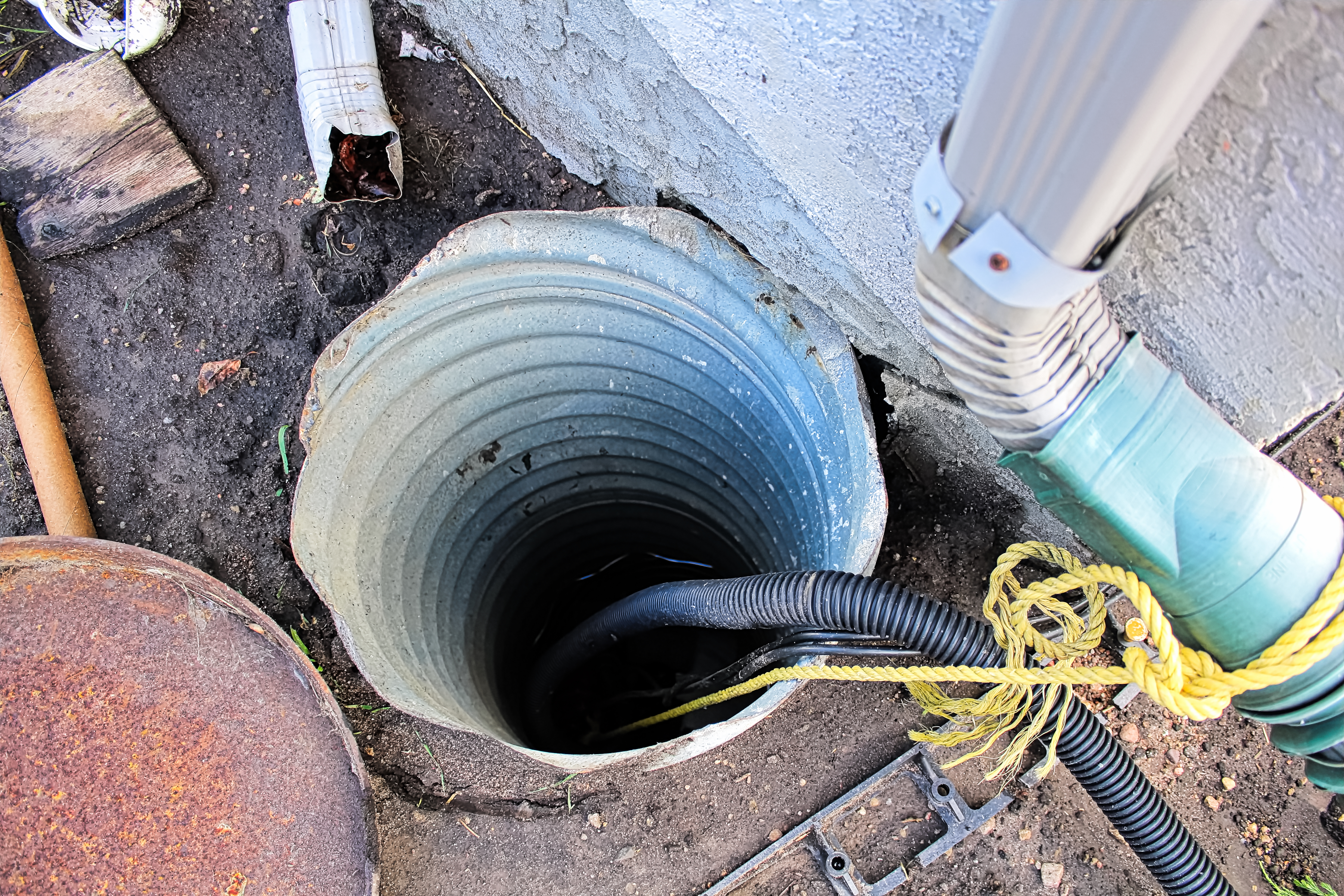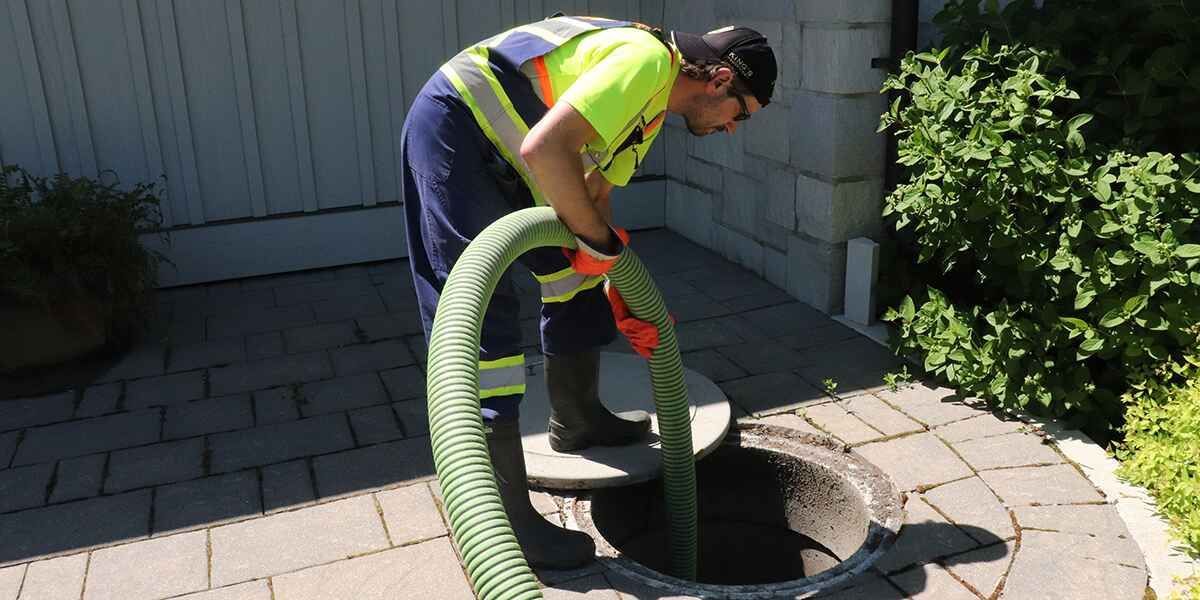My Guide to Thoroughly Cleaning a Sump Pump
Further DetailsJust how do you feel when it comes to Steps to Cleaning Your Sump Pump Properly?

Sump pumps are crucial components in several homes, specifically in locations susceptible to flooding or excessive wetness. They help prevent water damage by effectively eliminating excess water from basements or crawl spaces. Nevertheless, like any other appliance, sump pumps need normal maintenance to ensure they work effectively when required one of the most. Cleaning your sump pump is an important part of its upkeep, and comprehending just how to do it effectively can save you from pricey repair work and potential calamities.
Introduction
Maintaining a clean sump pump is important for its correct performance and durability. Ignoring this essential task can result in clogs, malfunctions, and inevitably, water damage to your home. As a result, learning exactly how to cleanse a sump pump is critical for home owners that rely on these devices to maintain their cellars completely dry and safeguarded.
Understanding the Sump Pump
Prior to diving into the cleansing process, it's necessary to have a basic understanding of how a sump pump functions. Commonly installed in a pit or container below the basement flooring, a sump pump consists of several vital components, including a pump, a float switch, and a discharge pipeline. When water gathers in the pit, the float switch activates the pump, which after that pumps the water out via the discharge pipe, away from the structure's structure.
Signs of a Dirty Sump Pump
Recognizing when your sump pump needs cleansing is essential for protecting against prospective breakdowns. Some typical indicators that suggest a dirty sump pump include weird sounds during procedure, reduced water flow, and noticeable debris in the pit. If you see any of these signs and symptoms, it's necessary to clean your sump pump promptly to avoid any type of additional concerns.
Getting ready for Cleansing
Prior to you begin cleaning your sump pump, it's essential to take some security preventative measures. Beginning by turning off the power to the pump to avoid any kind of electric mishaps. In addition, put on suitable protective equipment, such as handwear covers and safety glasses, to safeguard yourself from dirt, debris, and prospective virus.
Detailed Guide to Cleansing a Sump Pump
Turning off the Power
Begin by disconnecting the power supply to the sump pump to prevent any kind of accidents while cleaning.
Removing Debris and Dust
Make use of a pail or an inside story to eliminate any visible debris, dust, or sediment from the sump pit. Dispose of the particles correctly to stop it from clogging the pump or the discharge pipe.
Cleaning the Pump and Drift Switch Over
When the pit is clear of particles, meticulously remove the pump from the pit. Evaluate the pump and the float switch for any kind of indications of damage or wear. Utilize a soft brush or fabric to clean up the surfaces and remove any kind of collected grime.
Purging the System
After cleansing the pump and float button, flush the sump pit with clean water to remove any staying dust or debris. This will help make sure that the pump operates efficiently and successfully.
Checking for Proper Functioning
Prior to reinstalling the pump, carry out a quick examination to ensure that the float switch triggers the pump appropriately. Put some water right into the sump pit and observe the pump's procedure. If everything is working correctly, you can reassemble the pump and reconnect the power supply.
Upkeep Tips to Maintain Your Sump Pump Clean
Along with routine cleaning, there are a number of upkeep tips you can follow to keep your sump pump in optimal condition:
Verdict
Cleansing your sump pump is an essential element of its maintenance and makes sure that it runs efficiently when you require it one of the most. By following the steps laid out in this guide and incorporating routine upkeep right into your routine, you can extend the life expectancy of your sump pump and shield your home from water damages.
6 STEPS ON HOW TO CLEAN A SUMP PUMP PROPERLY
UNDERSTANDING SUMP PUMPS
Your sump pump plays a crucial role in protecting your home by managing and removing excess water. It primarily functions as a “shield”, guarding your basement against the damaging effects of water accumulation. The pump is housed in a sump pit in the lowest part of your basement, and its job is to pump out any water that collects there.
During heavy rainfalls or when snow melts rapidly, water can infiltrate your basement, posing potential risks like flooding, structural damage, and harmful mold growth. Here, the sump pump springs into action, pumping out the intruding water and directing it away from your home.
SAFETY FIRST
Before cleaning, remember to prioritize safety. Disconnect the sump pump from the power source to prevent any accidental electric shocks. Also, wear sturdy gloves to protect your hands from any sharp or dirty components within the pump.
REMOVE THE SUMP PUMP
After ensuring your safety, the next step is to remove the sump pump from its pit. Doing this might require careful maneuvering as you don’t want to damage any pump components. Once removed, clean the sump pit to remove any accumulated debris or sludge.
INSPECT THE PUMP
Inspect the pump for any visible signs of wear or damage. Check the power cord, float switch, and impeller housing. If any components look worn out or damaged, consider replacing them to ensure optimal performance.
CLEAN THE PUMP
Thoroughly clean the pump with warm, soapy water. Make sure to rid it of any dirt, gravel, or other debris that might impede its performance. You can use a toothbrush to clean the small, hard-to-reach parts of the pump.
REINSTALL THE SUMP PUMP
Reinstall the pump into the sump pit Make sure it’s positioned correctly to remove the water effectively Once it’s back in place, reconnect it to the power source TEST THE PUMP
Finally, pour some water into the pit to ensure the pump works correctly. It should start automatically and begin pumping out the water; if it doesn’t, check the power source and the positioning of the pump.
Remember, while cleaning your sump pump is an essential part of home maintenance, hiring a professional plumber for a thorough inspection and cleaning at least once a year is also important. This will ensure that your pump is in optimal condition, ready to protect your home from potential water damage.
BEST PRACTICES FOR CLEANING SUMP PUMP DISCHARGE PIPES
Regular Inspection: Regularly inspect your discharge pipes, especially during heavy rainfall or snowmelt periods. Look for any signs of blockage or damage. Early detection of problems can prevent serious issues down the line. Periodic Cleaning: Over time, sediment and debris can accumulate in the discharge pipes, impeding the flow of water. Regular cleaning helps keep the pipes clear and functioning efficiently. You can use a high-pressure water jet to effectively clean the pipes. Insulation During Winter: In colder climates, discharge pipes can freeze, blocking the outflow of water. Protect your discharge pipes from freezing temperatures by insulating them with foam pipe insulation. This will ensure the sump pump can continue to discharge water even in freezing conditions. Proper Positioning: The discharge pipe should be positioned to direct water away from your home’s foundation. Improper positioning can lead to water seeping back into the basement. Ensure the pipe is long enough and angled correctly. Installation of a Check Valve: A check valve prevents water from flowing back into your sump pit after the pump has pushed it out. Installing a check valve helps maintain the efficiency of your sump pump and reduces the risk of flooding. Minimize Pipe Turns: Every curve or turn in the discharge pipe can decrease the efficiency of water flow. By minimizing turns and bends in your discharge pipe, you can increase the efficiency of your sump pump. https://www.fullspeedplumbing.com/how-to-clean-a-sump-pump-properly9999/

As an avid reader on Cleaning & Maintenance Tips for Your Home's Sump Pump, I thought sharing that chunk was sensible. Appreciated our article? Please quickly share it. Help someone else discover it. We treasure your readership.
Course Detail